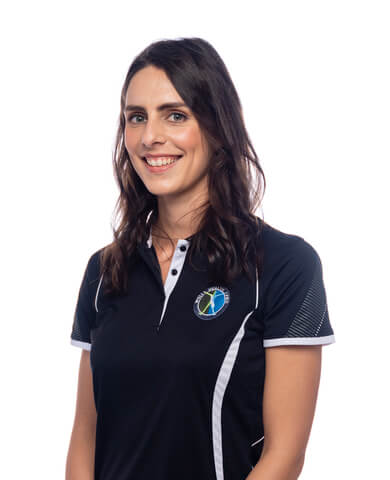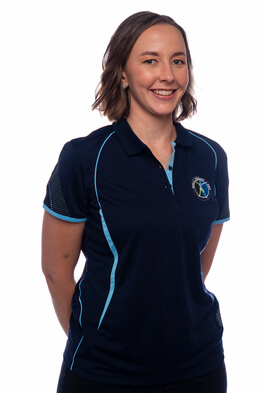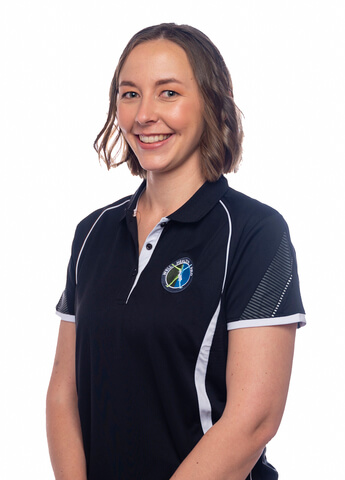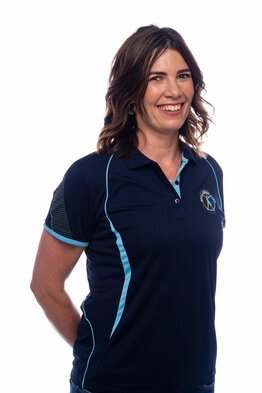Cupping is a modality of alternative medicine practices. During suction cup therapy, a suction force is created with the vacuum of the cup to influence circulation to the treatment area. Cupping therapy has been practiced through the centuries in Asia, the Middle East and South America. Most notably cupping forms part of Traditional Chinese Medicine (TCM).
At Well Health Pro we feel passionate about providing up-to-date, evidence based care. Sometimes that means delving into the past and borrowing from alternative healing practices, especially when it comes to dry cupping therapy. This article describes the science of cupping treatment and how we incorporate it into modern physiotherapy care.
What exactly is suction cup therapy?
Michael Phelps must be the poster child for cupping. He is the most decorated Olympian of all time, with a record of 28 medals. He has competed in many swimming events with circular bruises over his back and arms that look like the marks left from alien abduction to the conspiracy theory inclined mind. These circular bruises are the result of suction cupping. With suction cupping therapy a vacuum is created within the cup. The cup is then applied to the treatment area where it suctions the skin, fascia and muscle upwards into the vacuum. This force increases circulation in the area.
Why we use dry cupping
Cupping increases circulation by dilating the capillaries, the smallest blood vessels responsible for circulation. Like a vacuum collects dust and dirt, suction cupping draws fresh circulation to the targeted area. When circulation is improved we can get all that is needed for healing to the area quicker and on target, which decreases recovery time.
Healing Effects of Laser
- Ease pain
- Increase cellular metabolism
- Improve blood supply to injured tissue
- Break down scar tissue and adhesions
- Gain tissue flexibility
- Decrease muscle spasm
- Increase cell regeneration
“An ancient practice that withstood the test of time”
Suction cupping explained
Suction cupping is non invasive, meaning nothing pierces the skin and enters the body like with dry needling therapy. The targeted area is exposed and some lubricant may be used to anchor the suction cups, like massage oil or lotion. A vacuum is created inside of the cup. The vacuum is either created by changing the pressure inside the cup. Silicone cups are squeezed and placed, while glass cups are heated before placement. Your unique condition determines where the cups are placed during suction cup therapy. The vacuum pulls the skin, fascia and muscle belly upwards. The capillaries dilate and circulation is improved.
There are three types of Dry cupping. The first involves just still or static points where the cups are applied to specific points or over trigger points. The seconds involves movement while cupping, as the cupping is applied, you contract and move the muscle through its range of movement. And thirdly, cupping can be done along myofascial lines – which involves sliding the cup along a particular line over your skin. This is a concentration of forces along a particular area, and aims to restore tension distributed over the structures.
Different types of cupping therapy application
Trigger point application
Cups are placed over the trigger point, muscle spasm or the entire muscle to increase circulation and decrease pain. This in turn increases the muscle’s ability to lengthen and then improve the range of motion too.
Meridian application
Cupping can be used on meridian or energy lines to improve energetic balance. For this technique training in Traditional Chinese Medicine is needed. We do not use the meridian application at Well Health Pro.
Dry cupping
With dry cupping treatment, the cup is used over intact skin.
Wet cupping
Wet cupping is considered a cleansing ritual where small skin incisions are made where the cups will be placed. Some blood accumulates within the cups during wet cupping. We do not use wet cupping at Well Health Pro.
Anatomical changes you’ll notice after cupping treatment
With the application of the cups, you can expect to feel pressure, which eases as the cups remain. Once the vacuum of the suction cups are released you will feel more freedom in your movement. When the restriction created by the fascia and muscle has been released the joints and nerves can move more freely. Range of motion increases and less restriction is the most obvious gain achieved by suction cupping.
Changes on a cellular level with dry cupping:
Numerous studies have shown that dry cupping therapy increases dermal circulation. Cupping stimulates the release of vasodilators, adenosine, noradrenaline, and histamine that chemically increase blood flow to the area. This initiates the healing response locally, decreasing recovery time.
Because of these chemical changes, you may notice some swelling, bruises and tenderness due to the cupping. This feels completely different from the pain caused by your unique problem.
Cupping therapy feels like:
First your physiotherapist explains why cupping is beneficial for your condition. Cupping therapy is non invasive. We must exposes the area to be treated, and put oil or massage lotion on your skin. Then the silicone cups are positioned on the targeted tissue.
Cupping feels like deep pressure on the area for the first few seconds. The intensity of the pressure gets less the longer the cup is on. Once it is removed you can experience a little tingling in the area when the vacuum is released. Almost like there is more space underneath the skin.
How long does cupping take?
Treatment times per area per cup are usually between 1 – 5 minutes. Our consultations are 60 minutes in duration. Cupping therapy is only a part of your treatment session. Our physiotherapist combines it with other soft tissue techniques, massage, stretching, joint and nerve mobilisations, electrotherapy and taping to have a bigger and more prolonged effect on your unique problem.
How many times should I get suction cup therapy?
You could feel the effect of cupping therapy after your first treatment session, however it works best if it can be administered repeatedly for a few weeks. It can be used during each treatment session.
Your physiotherapist will discuss a treatment plan with you, we’ll give you an idea of how long it will take for your condition to improve and how often treatment is needed. Some cases we’ll need 6-8 sessions. Mostly we see you twice during your first week, and once a week for the next two weeks and then once every second week in the next month.
What can I do at home to ensure cupping therapy is effective?
Unfortunately, the effect of dry cupping therapy is only temporary if the real cause of the problem isn’t addressed. Our physiotherapist looks at the bigger picture and discusses the cause and contributing factors of your problem with you. With physiotherapy treatment, it is important to comply to the whole treatment plan, including rest, rehabilitation and changes to bad habits and posture. This is the best way to get long-lasting pain relief.
There are a few things you can do at home to ensure the efficacy of your cupping treatment:
- Rest from vigorous training on the day of treatment
- Move the joints close to the area with range of motion exercises
- Stretch the surrounding muscles
- Apply heat to ease tenderness
Our physio guides you with specific home exercises you should do after receiving cupping therapy.
Costs
There are certain medical aid rates for suction cup therapy as a treatment, but they are always used as part of a complete treatment consultation. So, you will never be paying for only cupping.
This treatment in isolation will not fix your problem. It’s the complete treatment package that shows the real improvement.
Medical Aid Code – 303 & 310
The treatment code used for cupping therapy falls under code 303 & 310. Code 303 involves soft tissue mobilisation, where soft tissue is manipulated, stretched and compressed. Code 310 describes Nerve tissue mobility exercises which includes techniques affecting the structures around a nerve path, helping it to slide and glide. This eases the compression of the nerve and acts on the small sensory receptors to desensitize nerves. Cupping can take place at the same time while other techniques are being applied and is rarely used in isolation. Most good medical aids offer reimbursement for suction cup therapy.
Does it make a difference to have an experienced physiotherapist?
Yes, our physiotherapists have years of clinical experience and in depth knowledge of your body’s anatomy. They understand different painful conditions and injuries and know how the different structures are interacting with each other. Copying cupping techniques from YouTube may make the situation worse if you don’t consider how everything is linked.
Conditions that respond well
Contra-indications to cupping treatment
Side effects of cupping treatment
Cupping therapy can cause bruising. These circular bruises that may form under the cup’s vacuum are not painful. The bruises will become lighter as time goes by. Bruising is not necessary for cupping therapy to be effective.





